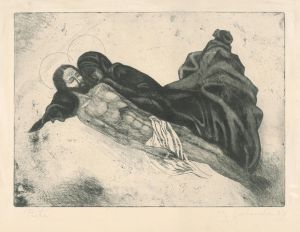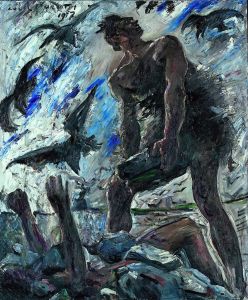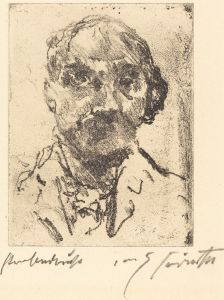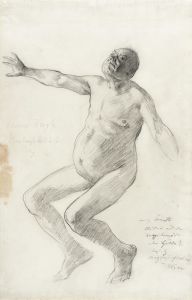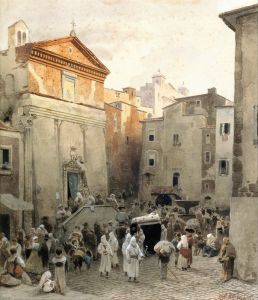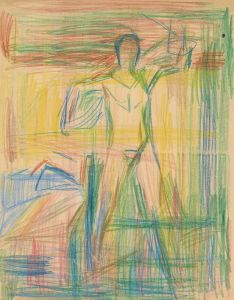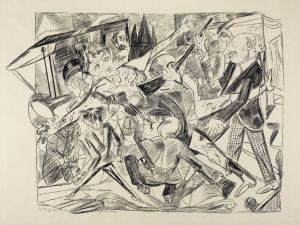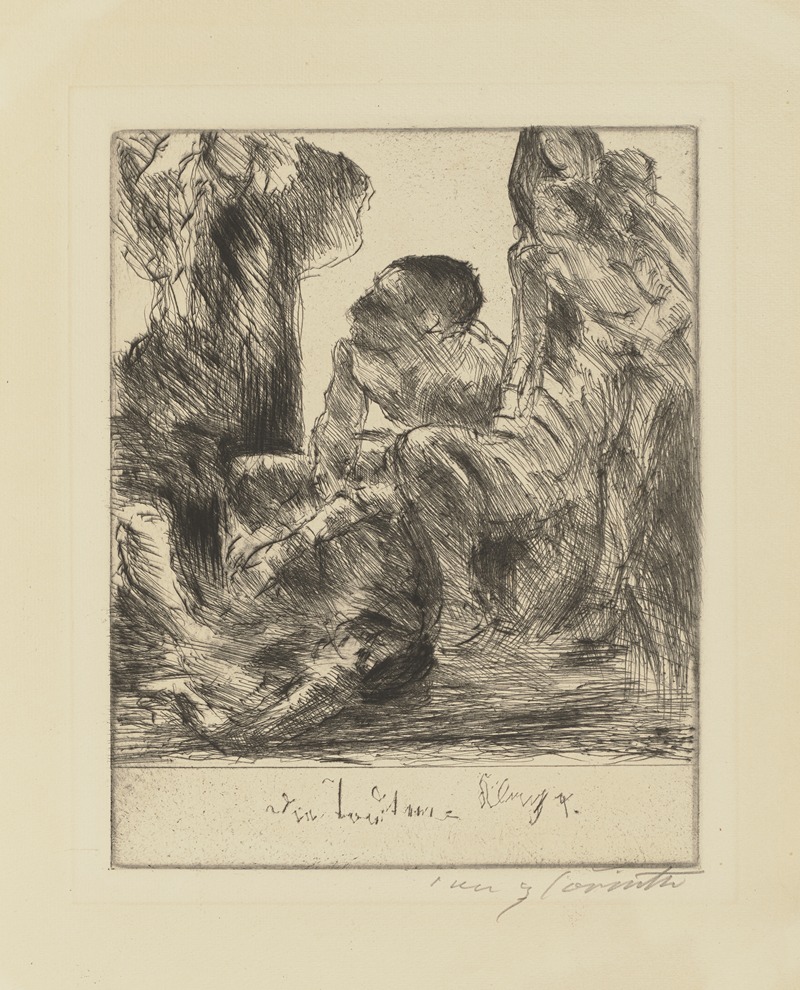
Die Totenklage
A hand-painted replica of Lovis Corinth’s masterpiece Die Totenklage, meticulously crafted by professional artists to capture the true essence of the original. Each piece is created with museum-quality canvas and rare mineral pigments, carefully painted by experienced artists with delicate brushstrokes and rich, layered colors to perfectly recreate the texture of the original artwork. Unlike machine-printed reproductions, this hand-painted version brings the painting to life, infused with the artist’s emotions and skill in every stroke. Whether for personal collection or home decoration, it instantly elevates the artistic atmosphere of any space.
"Die Totenklage" (The Lamentation for the Dead) is a painting by the German artist Lovis Corinth, created in 1903. Corinth was a prominent figure in the German art scene during the late 19th and early 20th centuries, known for his contributions to the Impressionist and later the Expressionist movements. His works often explored themes of human emotion, mortality, and the complexities of life.
The painting "Die Totenklage" depicts a poignant scene of mourning, capturing the raw emotion and sorrow associated with the loss of a loved one. The composition centers around a group of figures gathered around a deceased individual, their faces and postures conveying deep grief and despair. Corinth's use of color and brushwork in this piece is particularly notable, as he employs a somber palette and expressive strokes to enhance the emotional intensity of the scene.
Lovis Corinth was born on July 21, 1858, in Tapiau, East Prussia (now Gvardeysk, Russia). He studied art in Königsberg and later at the Academy of Fine Arts in Munich, where he was influenced by the works of the Old Masters as well as contemporary artists. Corinth's early works were characterized by a naturalistic style, but he gradually adopted a more impressionistic approach, focusing on the effects of light and color.
In 1901, Corinth moved to Berlin, where he became a member of the Berlin Secession, an influential group of artists who sought to challenge the conservative art establishment. His work during this period reflected a blend of Impressionism and Realism, with a growing emphasis on psychological depth and emotional expression.
"Die Totenklage" is a significant example of Corinth's mature style, showcasing his ability to convey complex human emotions through his art. The painting's composition is carefully structured, with the figures arranged in a way that draws the viewer's eye towards the central figure of the deceased. The use of light and shadow adds to the dramatic effect, highlighting the contrasts between life and death, presence and absence.
Throughout his career, Corinth faced personal challenges, including a stroke in 1911 that left him partially paralyzed. Despite this, he continued to paint, adapting his technique to accommodate his physical limitations. His later works often exhibited a more expressive and sometimes darker tone, reflecting his own struggles and the turbulent times in which he lived.
Lovis Corinth passed away on July 17, 1925, in Zandvoort, Netherlands. His legacy as an artist is marked by his ability to capture the essence of human experience, from the joys of life to the depths of sorrow. "Die Totenklage" remains a powerful testament to his skill and sensitivity as a painter, offering a timeless exploration of grief and mourning.
Today, Corinth's works are held in numerous public and private collections around the world, and he is remembered as one of the key figures in the transition from 19th-century realism to 20th-century modernism in German art.





